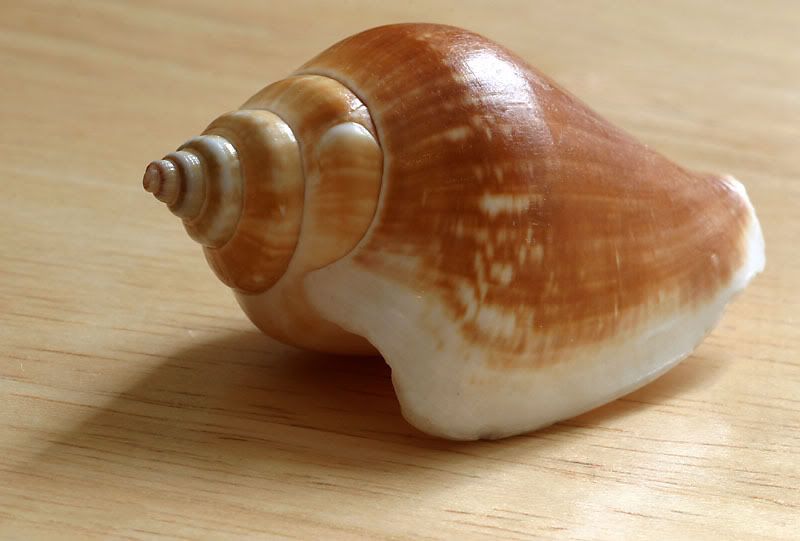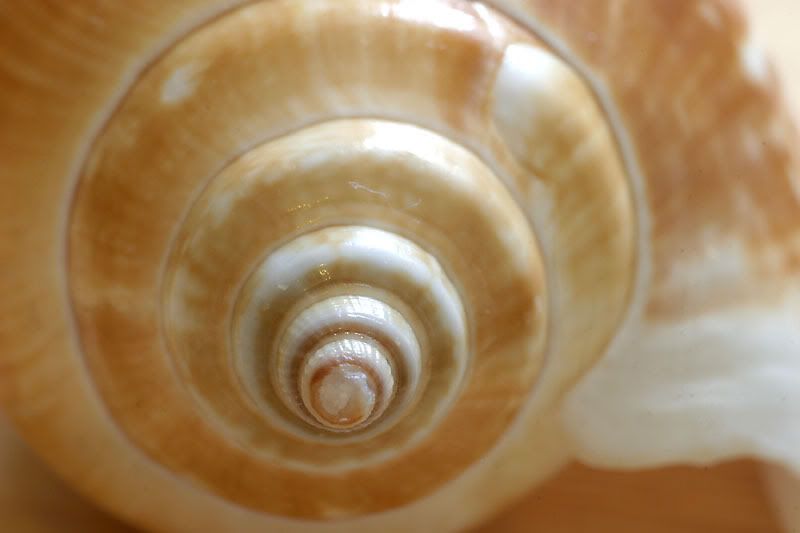They make great subjects for macro work!


There appears to be a blue cast on the highlishgts but that is the base colour of the shell!
Moderators: rjlittlefield, ChrisR, Chris S., Pau


The golden what? Never heard that before.P_T wrote:I really like the second shot, I wonder if the circular pattern matches the golden ratio 1.6.
As described in the first Wikipedia article that P_T links to, there is a huge amount of mathematics related to the golden ratio. Most of it is sufficiently arcane that even dedicated mathematicians just say "Cool!", and then move on to other stuff.[a rectangle such that] when a square section is removed, the remainder is another golden rectangle; that is, with the same proportions as the first.
Wow, now even my eyes are glazing over!
Sounds like the rule of thirds in composition,something that is just intuitive. I look thru the viewfinder and just know if it looks wrong. Its why when I'm photographing bugs and things,if they don't fill the frame without knowing it i put them in the frame so they look aestheticlly pleasing.augusthouse wrote:Larry,
Don't let all the numbers freak you out - all those formulas are beautiful music to those who are able to read them; I can only look at them in awe; but you don't need to be a Mathematician to appreciate the Divine Proportion. This is a beautiful thing.
It is evident in - just about everything, nature, music, architecture anatomy, botany, art, astronomy, microscopy, Hubble... the list goes on; for example, when you have a scene composed in your viewfinder and something inside says "hmmm, that's it", there is a reason why it resonates within you, consciously or subconsciously you recognise a pattern, a balance or signature, in a sense, something familiar.
I have a video called 'Understanding Beauty' that I first saw on The Discovery Channel. I'll have to digitize it and put it on YouTube; if it's not already up there.
You'll come across the term in just about any photography book that deals with composition and every photograph that has a sometimes inexplicable 'rightness'.
Craig
Oh i love fractals,i have James Gleick's book Chaos. Also i have a fractal program and have a few examples up on deviantArt.comHarold Gough wrote:Such mathematics gives us fractals, which you may have used in digital image manipulation.
http://en.wikipedia.org/wiki/Fractal
Then there are images themselves:
http://www.fractal-recursions.com/
Harold